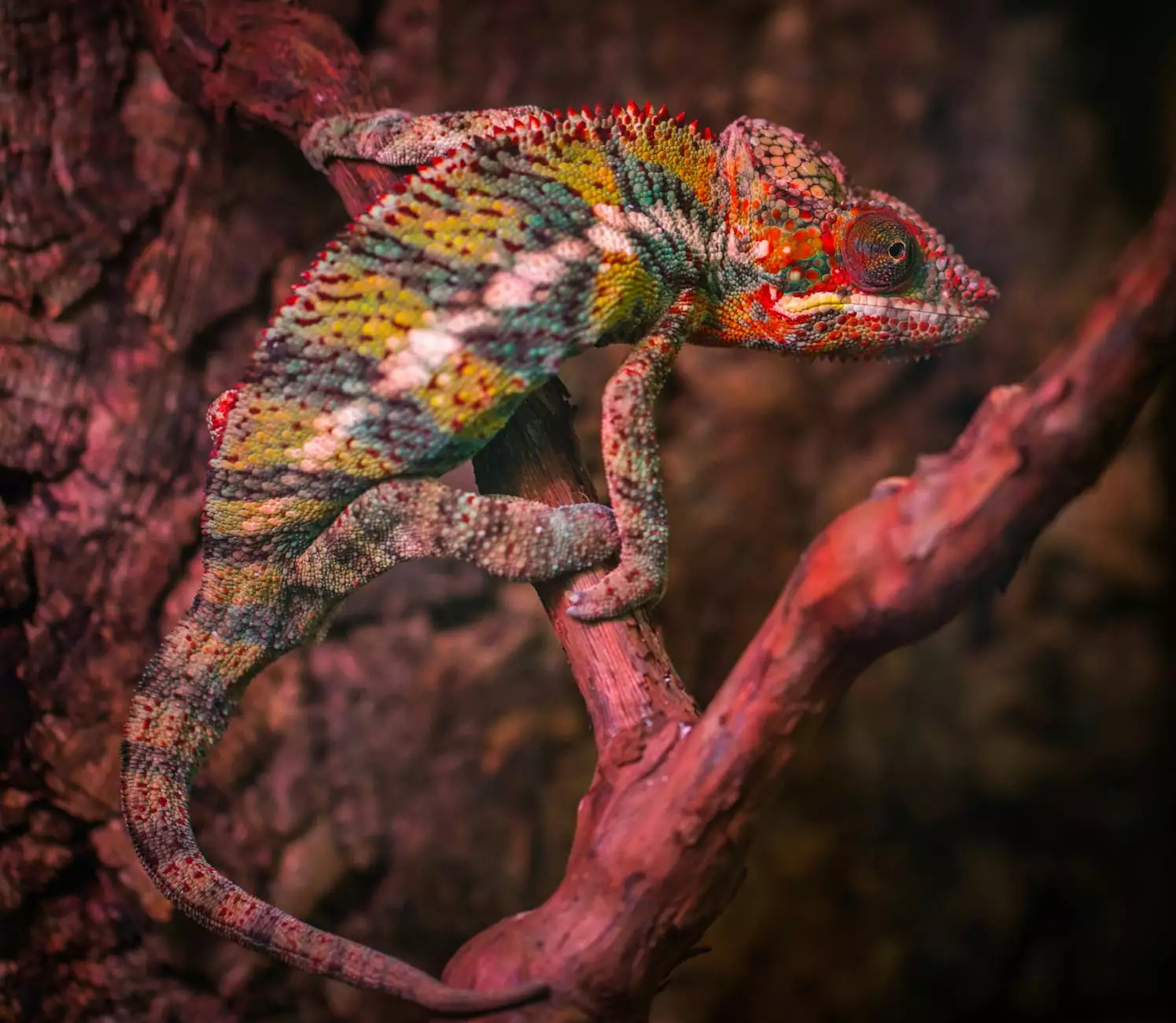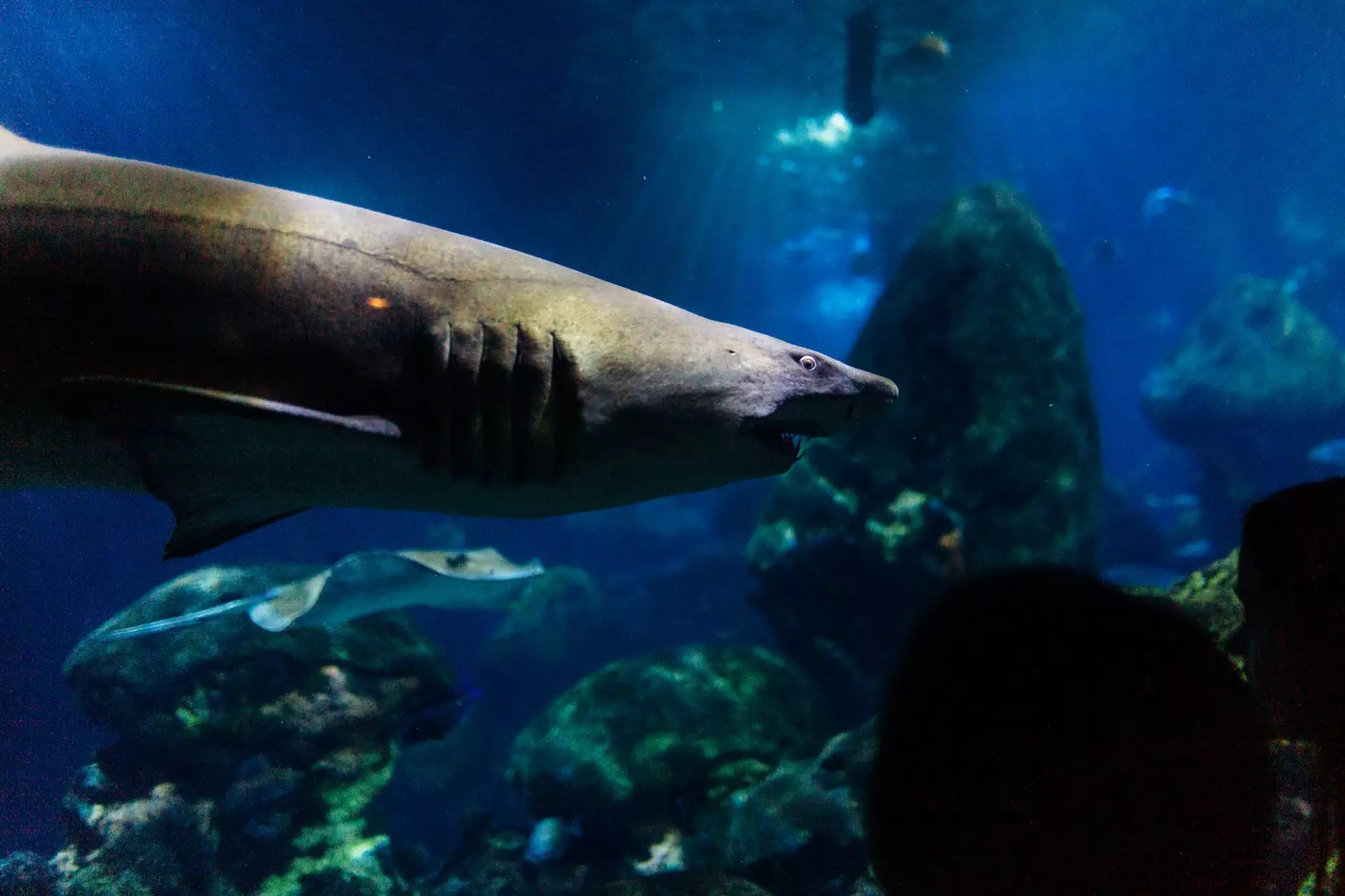Species Collection – tagged Marlin
Marine Conservation
Introduction
Welcome to Azongal's Species Collection – an extraordinary compilation of diverse marine species. In this section, we delve into the captivating world of marlins, focusing on their remarkable characteristics, habitats, and conservation status.
1. Marlin Species Overview
Marlins, known for their sleek bodies and incredible speed, are among the most iconic and sought-after game fish. This section provides an in-depth understanding of different marlin species, including:
1.1 Blue Marlin (Makaira nigricans)
The Blue Marlin, scientifically known as Makaira nigricans, is a renowned apex predator found in tropical and subtropical oceans. Recognizable by its vibrant blue color and elongated bill, the Blue Marlin is a prized catch for anglers.
1.2 Black Marlin (Istiompax indica)
The Black Marlin, scientifically known as Istiompax indica, is a magnificent species often found in the Pacific and Indian Oceans. With its impressive size and strength, the Black Marlin represents a thrilling challenge for sport fishermen.
1.3 Striped Marlin (Kajikia audax)
The Striped Marlin, scientifically known as Kajikia audax, features a stunning striped pattern along its body. This species, abundant in the Pacific Ocean, exhibits graceful acrobatics when hunting prey, making it a remarkable sight for ocean enthusiasts.
2. Marlin Characteristics
Marlins possess a range of unique characteristics that set them apart from other fish. Understanding these features is crucial to fully appreciate their extraordinary nature:
2.1 Speed and Agility
Marlins are known for their impressive speed, capable of reaching astonishing velocities in the water. Their streamlined bodies and crescent-shaped tails provide excellent propulsion, allowing them to pursue prey with remarkable agility.
2.2 Bill and Rostrum
The elongated bills of marlins are a remarkable adaptation. Used as a powerful weapon, marlins' bills are sharp and capable of stunning or impaling prey. These distinctive rostrums add to the overall grandeur of marlins' appearances.
2.3 Coloration and Camouflage
Marlins exhibit a stunning array of colors, often vibrant and eye-catching. These colors serve various purposes, from attracting mates to confusing or camouflaging themselves while hunting or evading predators.
3. Marlin Habitats and Distribution
Marlins thrive in specific habitats, taking advantage of the unique conditions found in oceans around the world. Here are some notable habitats and distribution patterns:
3.1 Tropical and Subtropical Oceans
Marlins are predominantly found in tropical and subtropical waters, where warm currents and abundant prey support their survival. These regions include the Atlantic Ocean, Pacific Ocean, and Indian Ocean.
3.2 Migration and Breeding
Marlins undertake remarkable migrations, often traveling long distances to reach their breeding grounds or seek optimal feeding areas. These migrations showcase their endurance and ability to navigate vast oceanic territories.
4. Conservation of Marlins
Given their popularity in sport fishing and the pressures of commercial fishing, marlins face significant conservation challenges. It is crucial to raise awareness and implement conservation measures to protect these magnificent creatures:
4.1 Threats to Marlin Populations
Overfishing, habitat degradation, and bycatch pose significant threats to marlin populations worldwide. It is essential to address these issues through sustainable fishing practices, marine protected areas, and international cooperation.
4.2 Conservation Initiatives
Several organizations and initiatives are actively working to conserve marlins and their habitats. These efforts include research, advocacy, and collaborations with fishing communities to promote responsible fishing practices and protect marlin populations for future generations.
Conclusion
Azongal's Species Collection – Marlin edition offers a comprehensive exploration of these extraordinary creatures. From their distinct characteristics to their habitats and conservation status, our aim is to inspire appreciation and stewardship towards marlins and the marine ecosystem as a whole.










